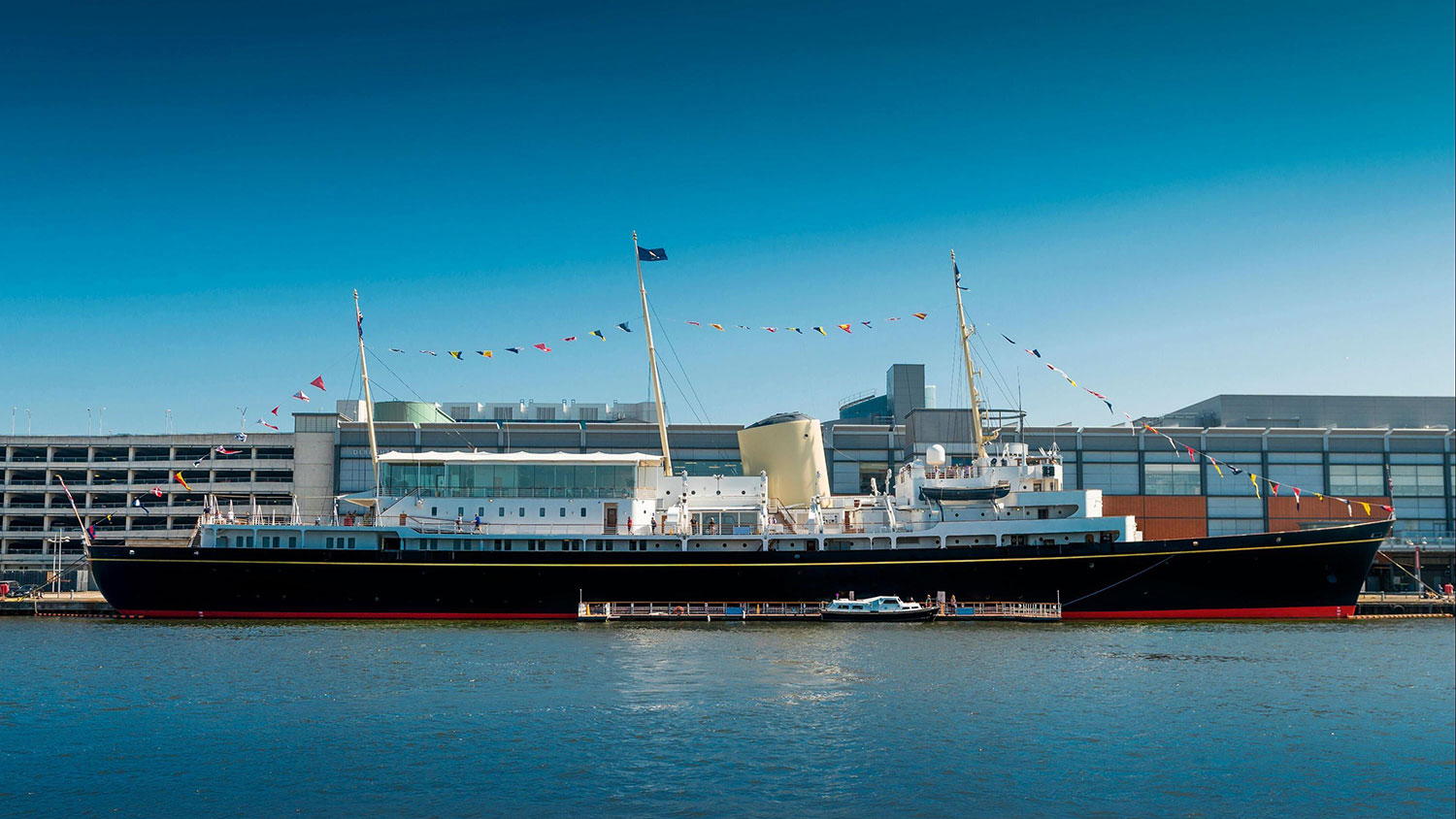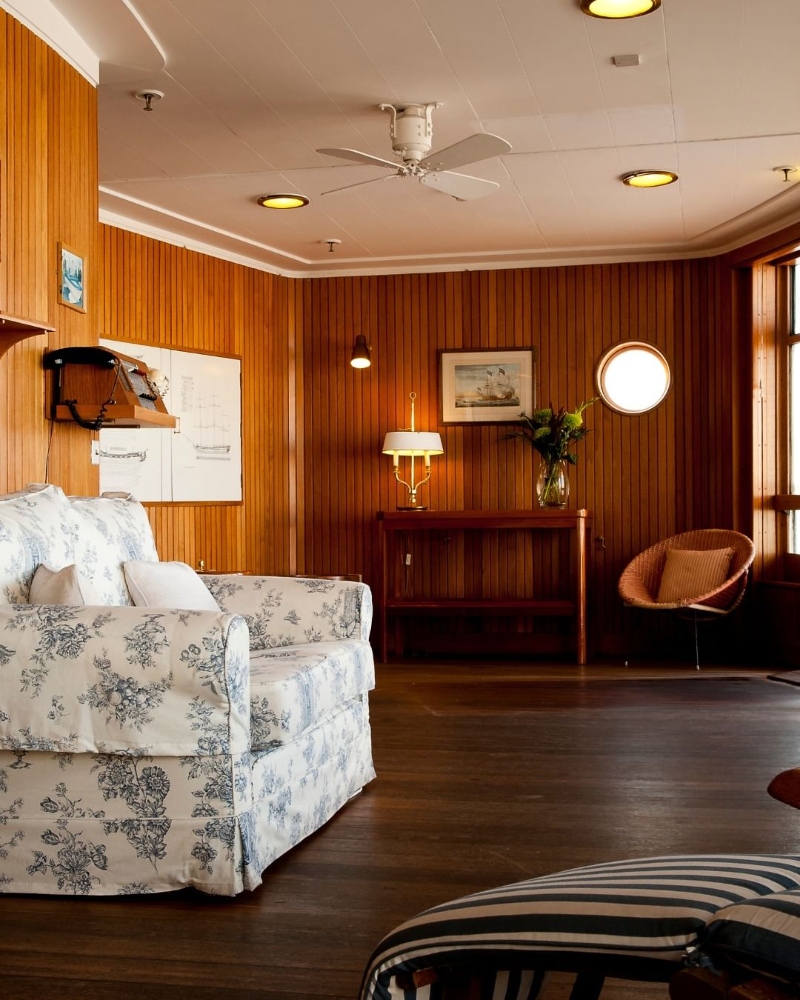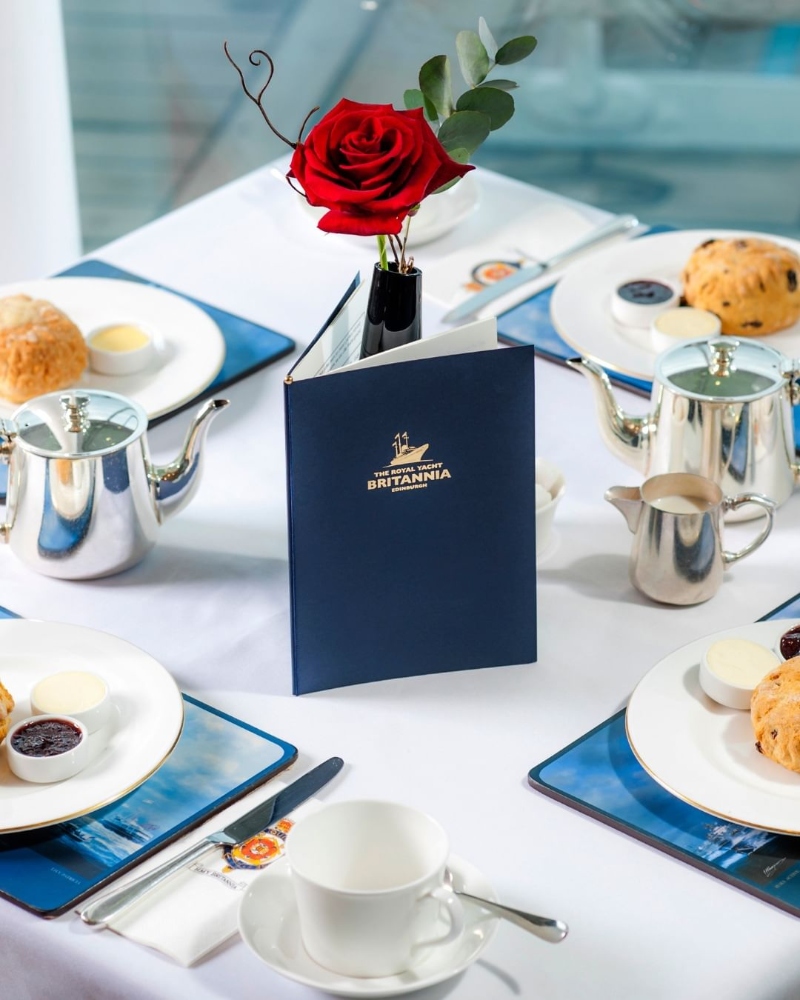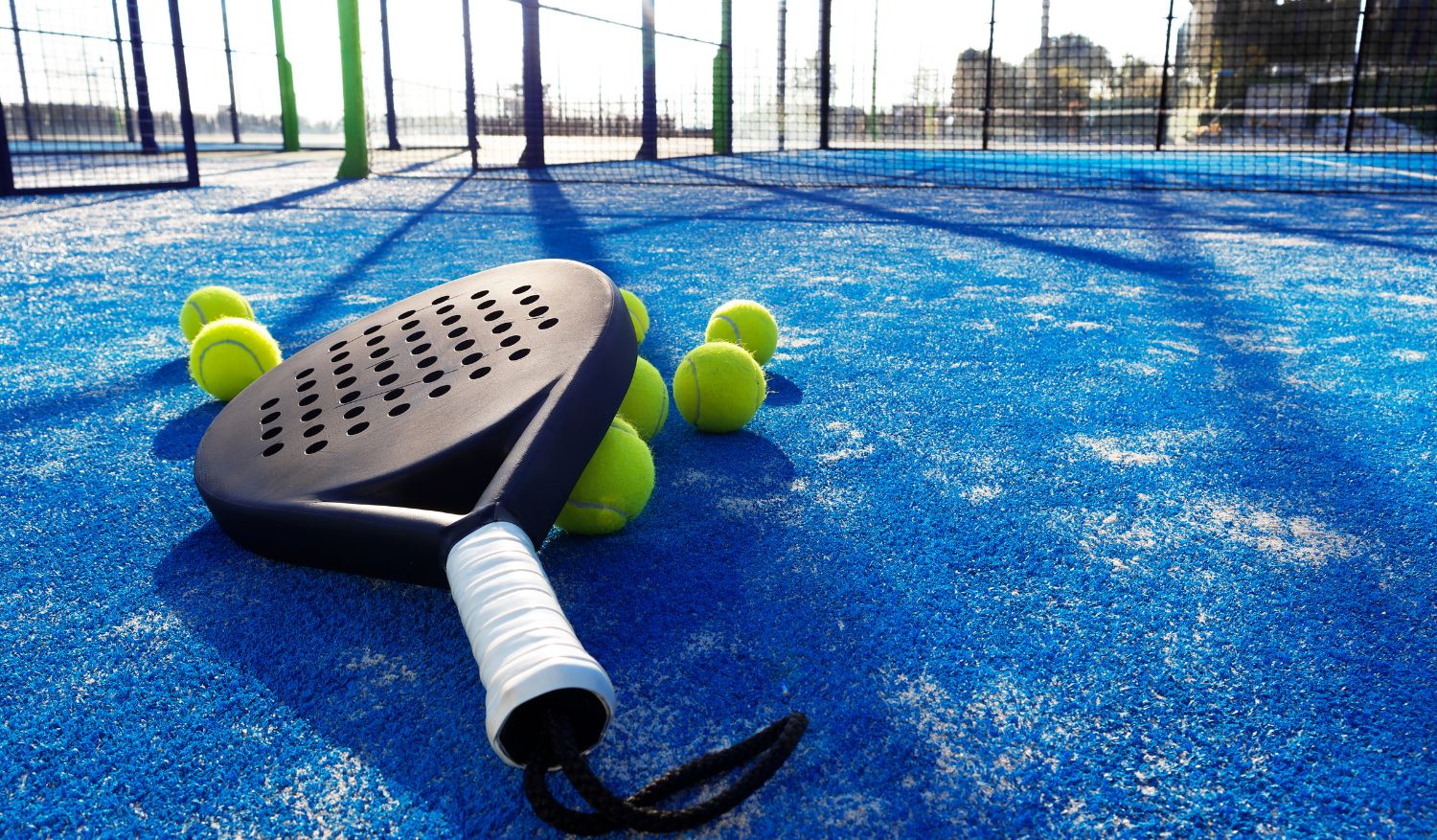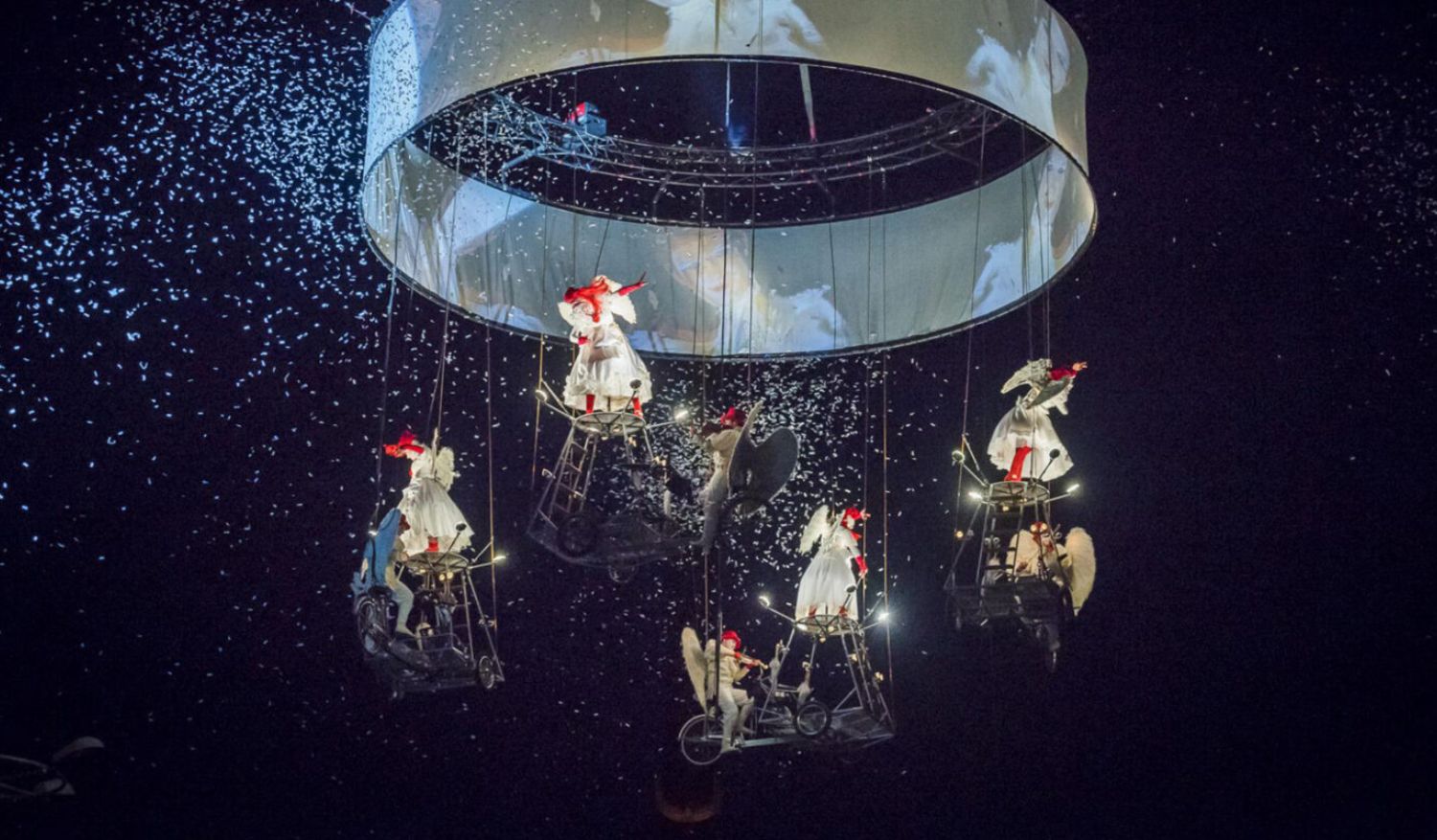The British crown is estimated to hold US$28 billion in assets, a bulk of which lies within the vast ownership of properties and land across the world. From Balmoral to Windsor Castle, there’s no shortage of luxury to choose from. But for the late Queen Elizabeth II, the Royal Yacht Britannia holds special meaning.
The 400-foot floating palace was her getaway, a place for quiet moments to spend with family and take in the ocean breeze, away from the world’s gaze. She once said, “Britannia is the one place where I can truly relax.”
View this post on Instagram
Construction of HMY Britannia
HMY Britannia wasn’t just any fancy royal boat. It was equipped to the gills with state-of-the-art naval equipment. Royal liners have an old history, with Britannia being the 83rd to have been commissioned for use. From HMY Mary in 1660 to Victoria & Albert III in 1901, royal yachts have always played an important role for British security and diplomacy. Britannia’s construction started in June 1952, and on April 16, 1953, a ceremony was held to officially launch her.
Among the many naval engineering feats, it was the first royal yacht that could function as a floating hospital during war-time. In 1986, the yacht was used to save over 1,000 refugees from South Yemen. Throughout its 44 years of service, Britannia made 968 official visits and sailed over a million nautical miles.
John Brown & Co., the same naval engineering company that constructed the Queen Mary and the RMS Lusitania, designed Britannia. A technical study submitted in the spring of 1954 to the Institution of Naval Architects, stated that the royal and state apartments would be comparable to those found on a first-class ocean liner. “The suitability of the decorative design and the furnishing of the Royal and State apartments has, of course, been very important,” a section of the paper reads.
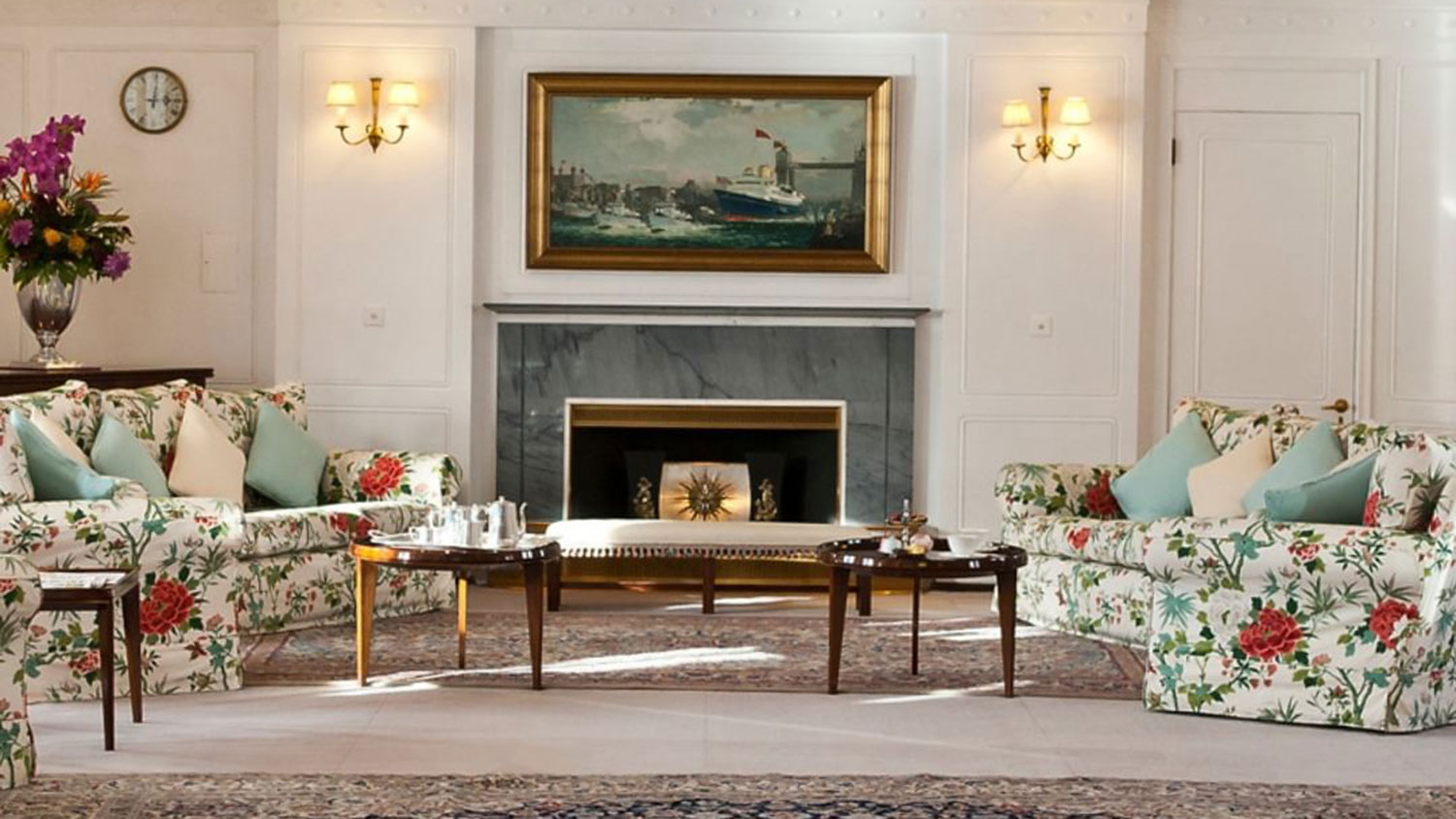
Designing the Britannia
In an effort to maintain austerity during post-war Britain, many of the ship’s parts were salvaged from its predecessor. The Queen and Prince Philip were involved in every aspect of the ship, choosing everything from the furniture to the ship’s blue paint. Britannia’s design was like an English country house, with the Queen’s favorite being the warm teak sun lounge with rattan furniture and view of the open seas across the veranda deck.
In addition, the Queen and Prince Philip each had unique living areas, bathrooms, and bedrooms that reflected their own tastes. Philip chose dark wood, although the Queen was reputedly fond of flowers. A bit of maritime history was incorporated into the structure as a tribute to their background.
Fitted into the design was a teak binnacle, or portion of a compass, that Philip had rescued from one of Queen Victoria’s royal ships. The yacht also had a state dining room, drawing room and a custom garage for the Queen’s Rolls-Royce Phantom V. The crew, with 220 yachtsmen and 20 officers, followed navy rules, using hand signals instead of screaming instructions or orders to avoid disrupting the late Queen.
Current state of HMY Britannia
In 1997, the British Parliament, led by the Labour Party, decided to decommission Britannia due to the hefty cost required to operate it at £11 million each year. The Britannia last docked in the Port of Leith in Edinburgh, and has since been turned into a museum with about 350,000 visitors each year.
The clocks on Britannia stopped at 3:01 p.m., to mark the Queen disembarking the ship for the final time. As a popular tourist site, visitors are able to explore the original state dining room, the Queen’s bedroom, and more. You can visit Britannia any day on Edinburgh’s waterfront, with hours changing by season. Tickets and more info are available on the yacht’s website.


